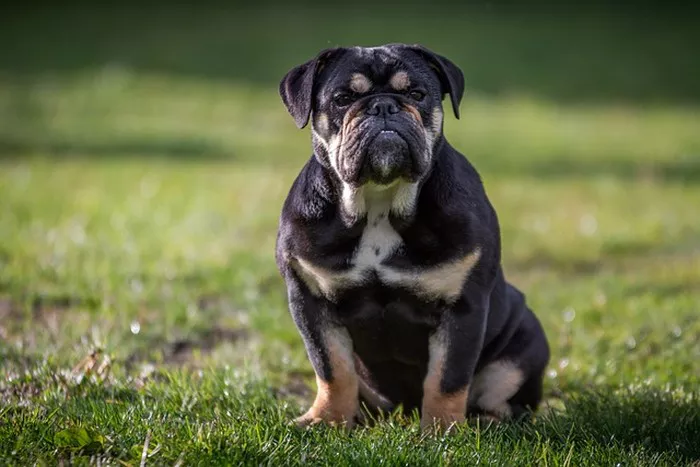We’ve all seen dogs do some funny things, but there’s one behavior that might leave you feeling a little embarrassed: crotch sniffing. Dog trainer Lorna Joyce, who runs Complete Canine Training, recently addressed this common canine quirk when asked about it on TikTok.
Scott Harrington, one of Lorna’s followers, wrote in asking, “I’m sorry to ask this, but crotch sniffing? Is there a way to stop dogs doing this?” It’s a question many dog owners find themselves asking at some point.
Why Dogs Sniff Awkward Places
Lorna explains that dogs use their powerful sense of smell to gather a wealth of information about their surroundings. When dogs meet other dogs, they typically sniff areas like the rear end, where scent glands release pheromones that provide details about the dog’s gender, diet, and even their recent activities.
However, when it comes to humans, dogs don’t have the same gland distribution. Instead, their scent glands are concentrated around the groin and armpits, which is why dogs instinctively gravitate toward that area when they meet new people. Unfortunately, this behavior can lead to awkward situations for dog owners.
Stopping the Sniffing
So how do you curb this behavior without confusing your dog? According to Lorna, the key is understanding that sniffing is a natural part of how dogs explore the world. However, if your dog is excessively sniffing people’s private areas, there are ways to manage the behavior:
Ensure Your Dog’s Needs Are Met: Make sure your dog is getting enough physical and mental stimulation. Boredom can increase unwanted behaviors like excessive sniffing.
Teach Impulse Control: Lorna suggests introducing impulse control techniques. You can start by engaging your dog in games that reward disengagement, helping them learn to resist the impulse to sniff new people immediately. For example, keeping them on a leash when guests arrive gives you control over the situation.
By addressing the root of the behavior and providing structured training, you can help your dog enjoy social interactions without causing any awkward moments.
Lorna’s advice shows that with patience and the right approach, it’s possible to modify even the most embarrassing canine habits.

